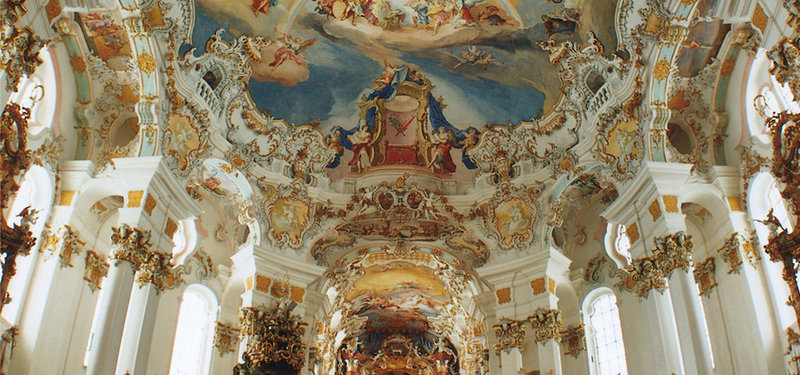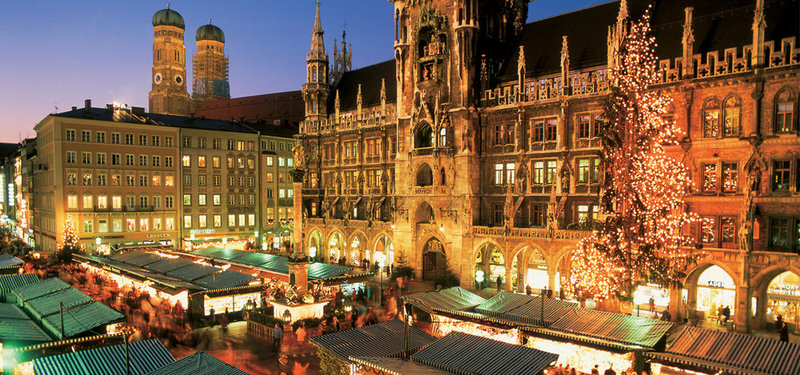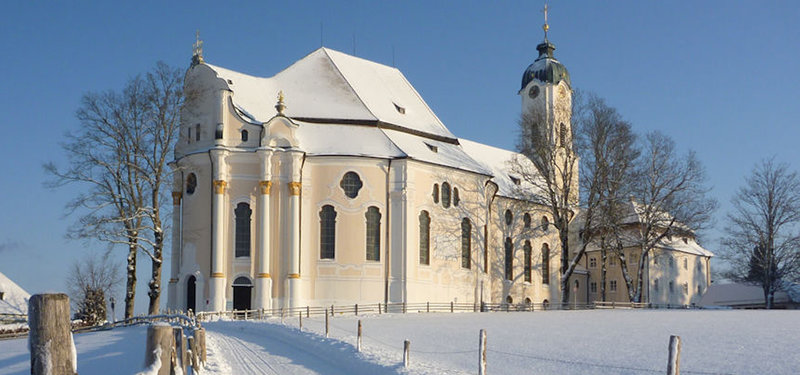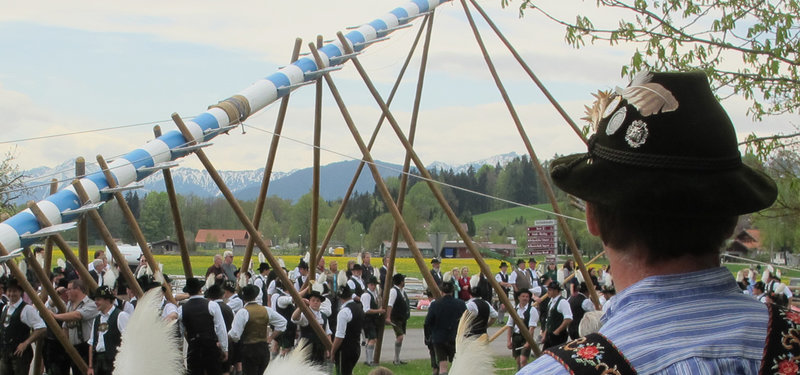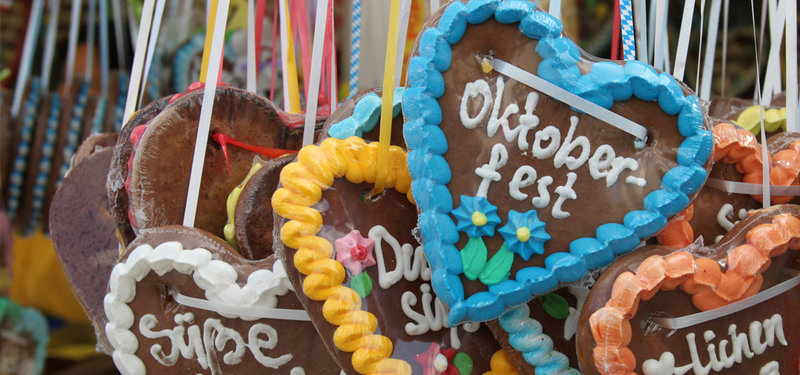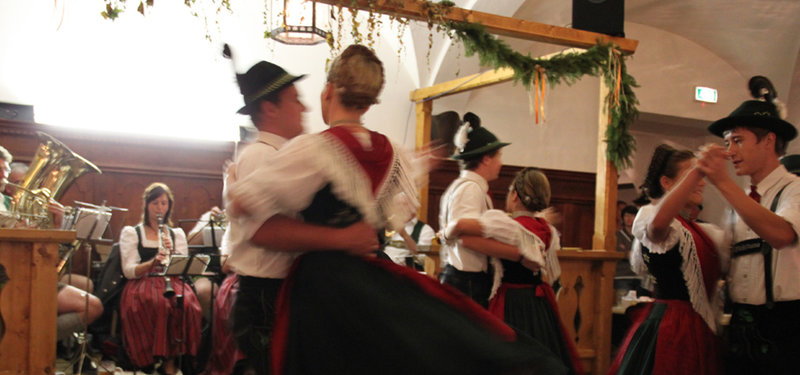The striking White and blue flags flutter across Bavaria and visitors are often perplexed. While the White and Blue diamonds are everywhere, the black, red, and gold national flag is rarely seen except on government buildings. Why is this and what is this love of the white and blue all about?
Notice first that we say white-blue and not Blue and white. The legend says that the white represents clouds on the backdrop of the blue Bavarian sky. But it also just sounds better to the Bavarian ear. Sort of like how US citizens would never refer to the their good old “Blue, White and Red” flag.
In the old times, symbols and colors had a great meaning given that the population was largely illiterate. With the rise of armored knights, it became more difficult to distinguish friend or foe. Helmets and shields were thus decorated with colors and symbols, like coats of arms, to facilitate identification. The Bavarian lozenges were once such a distinguishing feature. It is believed that iron grids used to reinforce the shields have changed into the diamond pattern over time. And the diamonds in white and blue were the arms of the Counts of Bogen.
The Counts of Bogen were an influential noble family in Lower Bavaria in the High Middle Ages. In terms of power, they surpassed the Wittelsbach family at that time. Count Albert III. von Bogen was married to Princess Ludmilla of Bohemia and the couple had three sons. Shortly after the count died at a young age, leaving his lands to his widow and the underage children. Duke Ludwig I of Bavaria (more well-known in Bavaria as Ludwig der Kelheimer) asked for the rich widow's hand. According to legend, Ludmilla did not trust the Duke and had him make a marriage vow in front of a curtain that showed three knights. When the duke, who thought he was alone with his beloved, made this pledge, three real knights emerged from behind the curtain. Confronted with witnesses to the pledge, the duke was now bound to his vow. In 1204 the marriage took place between the Bavarian duke and the Bohemian princess. When Ludmilla's sons from his first marriage died years later without descendants, the Wittelsbach family inherited the entirety of the Counts of Bogen estate and rights. With the large estates, Duke Otto II, the son of Ludwig I and Ludmilla, also received their white and blue diamonds on their coat of arms. A preserved seal from 1247 shows that Otto's son Ludwig used the heraldic sign of the Counts of Bogen for the first time.
Thus the diamonds, also called Rhombuses, have been an integral part of the coat of arms of the Wittelsbach family since the 13th century. When Bavaria became a kingdom in the 19th century and many new parts of the country were added, the white and blue rhombuses became the symbol of the whole of Bavaria. In 1835, King Ludwig I of Bavaria redesigned the royal coat of arms, which was to be understood as the state coat of arms. The center of this coat of arms, the so-called 'heart shield', was formed by the white and blue diamonds. Today these colors are symbolic of Bavaria all over the world. In addition to the flag and coat of arms, they also notably adorn the logo of BMW and FC Bayern Munich.
See the flags yourself and come to Bavaria with the Bavaria Specialist: BayernTrips!
Source: https://www.br.de/radio/bayern2/sendungen/radiowissen/geschichte/bayern-raute-fahne-100.html

